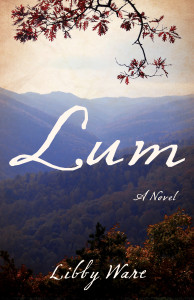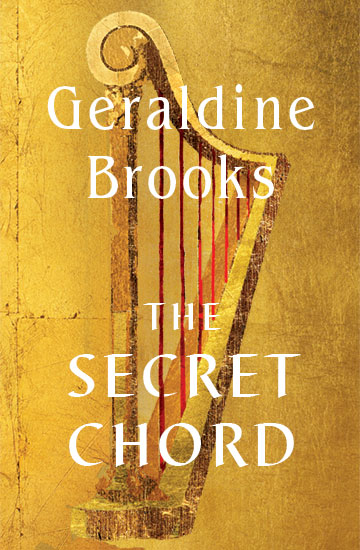The Lake House is the latest entry in Morton’s multigenerational fairy tale-like mystery/sagas. Her House at Riverton debut, The Forgotten Garden, The Secret Keeper, and The Distant Hours kept me awake long past bedtime and enthralled me with their evocative British settings. The Lake House is set primarily in Cornwall in a locale that Morton conjures hauntingly well. The Lost Gardens of Heligan near the Cornish coast which went to ruin after World War I and were restored in the 1990s were the inspiration for the gardens in The Lake House. Having been there, I can attest that she perfectly captured the aura and beauty of those gardens.
As the wealthy Edevane family celebrates their annual Midsummer ball at their isolated Cornwall estate in 1933, adored baby Theo is kidnapped from his crib. Theo is never found. Fast forward to 2003 when Det. Sgt. Sadie Sparrow, recently suspended for her rogue actions in a child abandonment case, escapes to her grandfather’s Cornwall cottage. Out jogging, Sadie discovers the remains of the Edevane mansion that she learns the family had abandoned after Theo’s disappearance. With nothing else to do, she begins investigating the unsolved case which leads her to Theo’s older sister Alice, who was sixteen at the time of the kidnapping.
“Alice was never happier, never quite as much herself, as she was here, sitting on the edge of the stream, toes dangling in the slow current; lying in bed before the dawn, listening to the busy family of swifts who’d built their nest above her window; winding her way around the lake, notebook always tucked beneath her arm.”
Elderly Alice, now one of Britain’s most acclaimed mystery writers lives in quiet seclusion in London and surprisingly meets Sadie and provides access to the estate. Why Alice wouldn’t return herself, is another mystery Sadie is determined to solve.
Sadie also discovers that Theo and Alice’s mother, Eleanor, the child who inspired the Alice in Wonderland-like character in a beloved children’s book, almost lost the family estate to creditors. Her newly-wed husband Anthony, however, inherited enough cash when a relative died in the Titanic sinking, so the estate was saved. The family’s happily-ever-after days ended when Anthony’s service in World War I left him shell-shocked and their adored baby was kidnapped giving credence to their sudden abandonment of the home. A raft of narrators move the tale from 1911 to 1933 and 2003 and back, yet Morton’s skills at plotting keep the reader engaged.
As the plot lines expand to include Sadie’s current abandonment case, the mysterious gardener Ben’s activities, family relationships, and other threads -- the multiple narrators keep the reader guessing and may ultimately frustrate fans of Morton’s previous tales. All these machinations lead to the book’s surprising conclusion complete with a twist that readers will either adore or condemn as contrived.
Summing it Up: Intriguing characters, a Downton Abbey-like setting, and clever twists will capture Morton fans from the novel’s beginning. Numerous plot lines interfere with the flow and the ending seems built on too many coincidences, but Morton still knows how to deliver a good, if perhaps just-a-tad-too-long story. I hope that Morton’s lush descriptions of The Lake House gardens inspire readers to visit the real Heligan Gardens and the spectacular Cornish region.
If your mother, aunt, or grandmother adores Morton, The Lake House is a safe bet for holiday giving. Morton’s publishers probably planned the late October release with shoppers in mind.
Rating: 3.5 stars
Category: Fiction, Grandma’s Pot Roast, Mysteries and Thrillers, Overcooked, Pigeon Pie, Book Club
Publication date: October 20, 2015
Author Website: http://katemorton.com/
Interview with the Author: http://reviews.libraryjournal.com/2015/07/in-the-bookroom/authors/mystery-and-more-kate-mortons-carefully-structured-the-lake-house-has-broad-appeal/
Reading Group Guide: http://books.simonandschuster.com/The-Lake-House/Kate-Morton/9781451649321/reading_group_guide
What Others are Saying:
Publishers Weekly: http://www.publishersweekly.com/978-1-4516-4932-1



